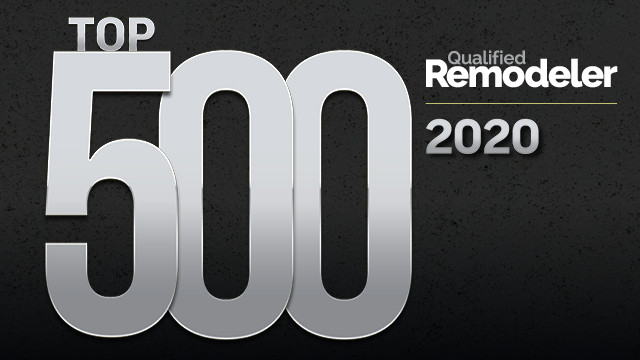Call Us Today
Window Treatments & Styles
Some things to consider when purchasing window treatments is the look or style you want to have, the color, material, light control and energy efficiency.
If you have any questions or concerns, feel free to stop by Westside Remodeling and speak with one of our design consultants who can help lead you in the right direction and chose the style of window treatment that is right for you.
Below if a list of the different types of window treatments available, and the pros and cons to each. Take some time to read about them before stopping by or making a final decision.
Faux Wood vs. Real Wood
Some people may not be able to tell the differences between faux wood and real wood blinds, but based off of the lists below, you can see how they differ from each other.
Faux wood:
- Less expensive
- Made of PVC Composite, which is flexible
- Easier to clean
- Does not warp
- Lifetime Limited Warranty
- Many colors are available
- Not as presentable as real wood
- Can yellow from sunlight over time
- Heavier
Real wood:
- More expensive
- Maintains appearance
- Many colors available
- Can come in larger sizes
- Good warranty
- Lighter
- Can easily break if too much force is placed on the slats
- Can warp if a lot of moisture is present
Aluminum vs. Vinyl
Aluminum blinds tend to be more energy efficient than vinyl blinds. The metal blinds will do a better job of reflecting rays from the sun, keeping rooms cooler during hot seasons. Vinyl blinds tend to absorb rays from the sun, resulting in a warmer room. Sunnier rooms may benefit from the presence of aluminum blinds.
Aluminum:
- Stronger
- Easier to repair
- More expensive
- More energy efficient
Vinyl:
- Breaks easily
- Does not dent or crease
- Easier to maintain
- Less expensive
Cellular
People looking for the more “modern” look are leaning towards the cellular, or honeycomb, shades. They come in different material widths to help with lighting and insulation control.
- Privacy (unless a sheer material)
- Several shapes and colors available
- Modern look
- Light filtering and room darkening options available (light control)
- Helps with insulation
- Top/down option available
- Easy to hide due to the small “stack” when blind is up
- Made of pleated paper and may not be pleasing to some people
- No vanes to tilt, only up or down
Roller Shades
When most people think of roller shades they think of their grandparent’s house and maybe getting into trouble for pulling the cords or shade too hard, causing it to get stuck. Roller shades have been upgraded since then and are now more durable and easier to work with.
- Traditional look
- Made from film, fabric or opaque materials
- Inexpensive
- Does not help with light control very well
- Least amount of maintenance
- Pull system or loop cord available
Fabric Shades
The second most expensive type of window treatment available, fabric shades can help add a whole new look to a room due to all of the colors and designs available. These are also the hardest to maintain since they are fabric and are harder to dust and clean.
- Expensive
- Many options in terms of color and designs
- Harder to upkeep
- Only one type of light control
- Privacy
- Traditional or modern look depending on style/colors chosen
Plantation Shutters
The most expensive type of window treatments are Plantation Shutters. They greatly enhance your home’s appearance and help add value to the home, but are quite costly.
- Expensive
- Limited colors and styles
- Made of wood, faux wood and vinyl
- Helps add value to the home
- Easy upkeep
- Durable
- Good warranty
Transform Your Conejo Valley Home with Westside Remodeling
Book your free design consultation today and experience Westside’s award-winning service.
CONTACT INFO
Phone: 805-499-4121
HOURS
Showroom Visits By Appointment




